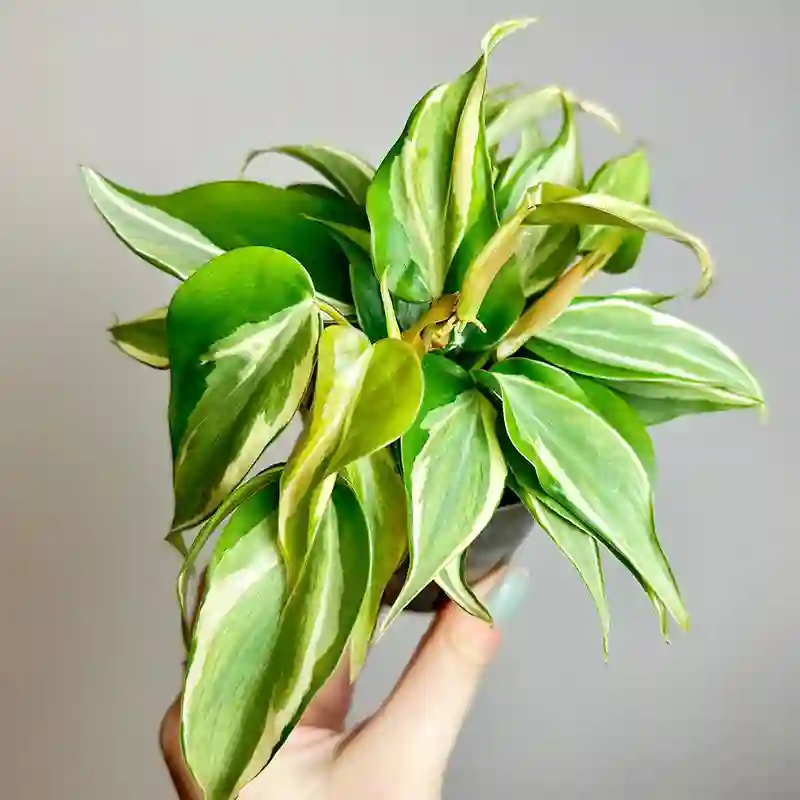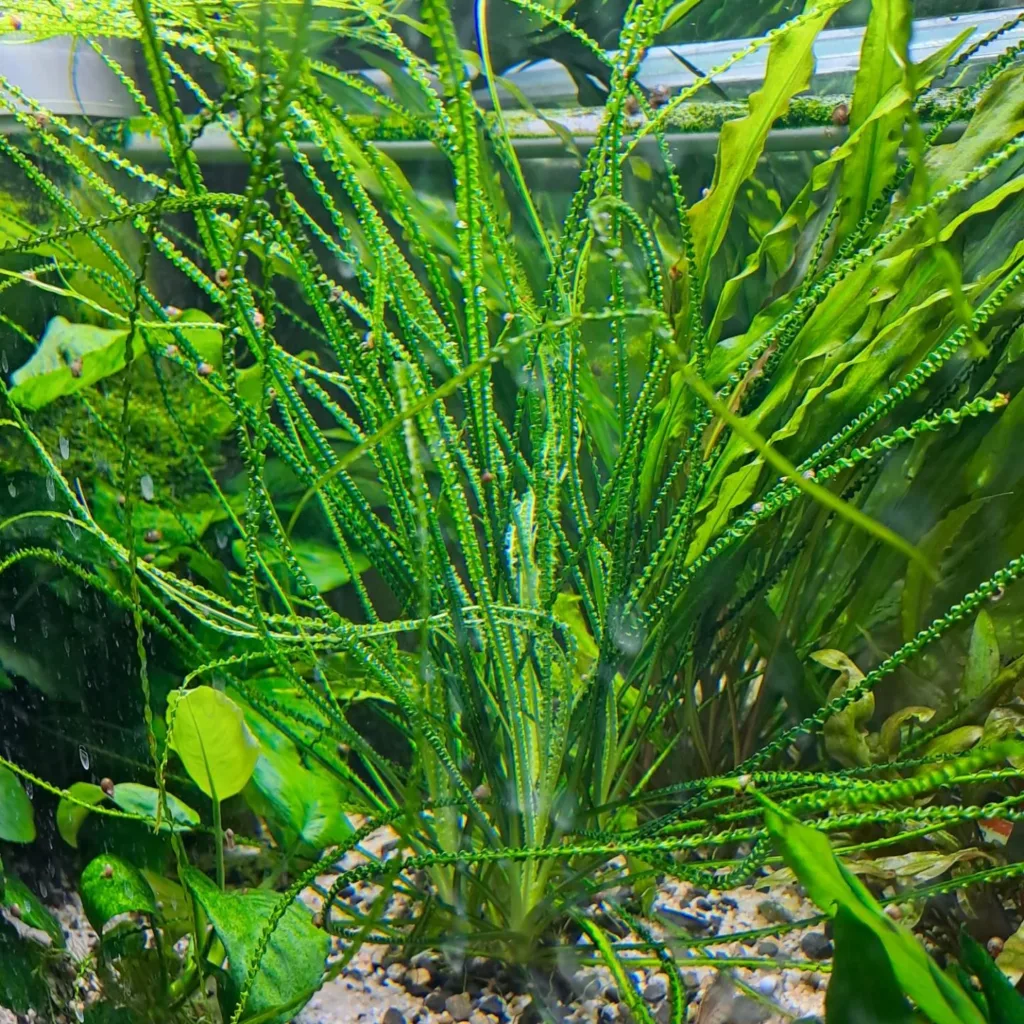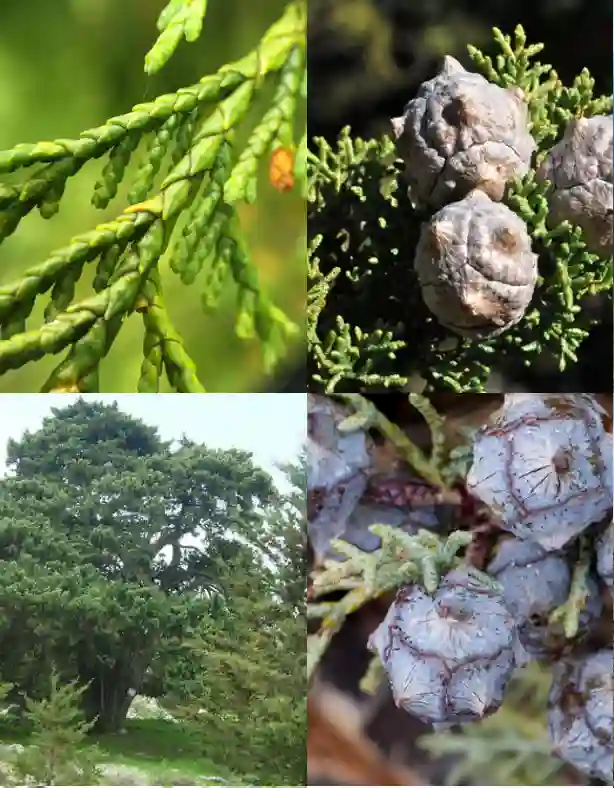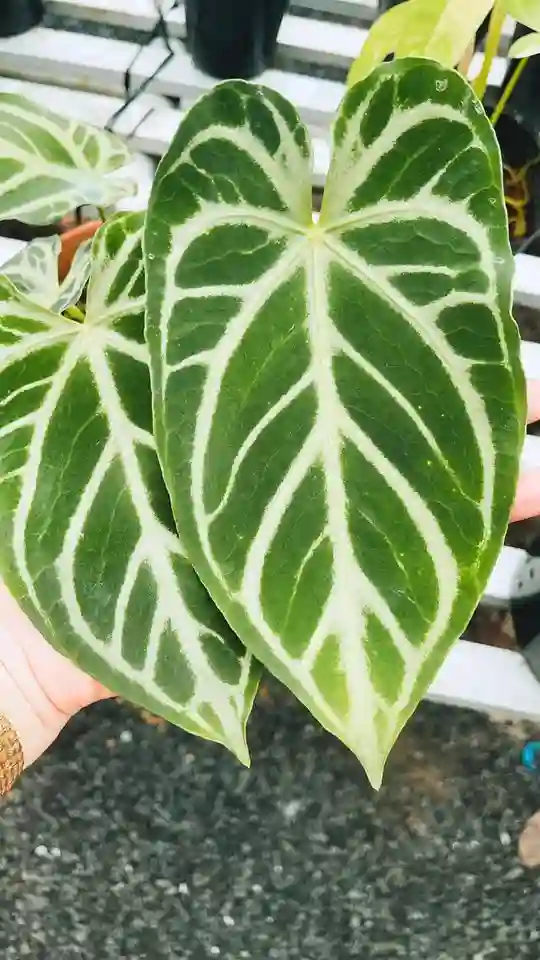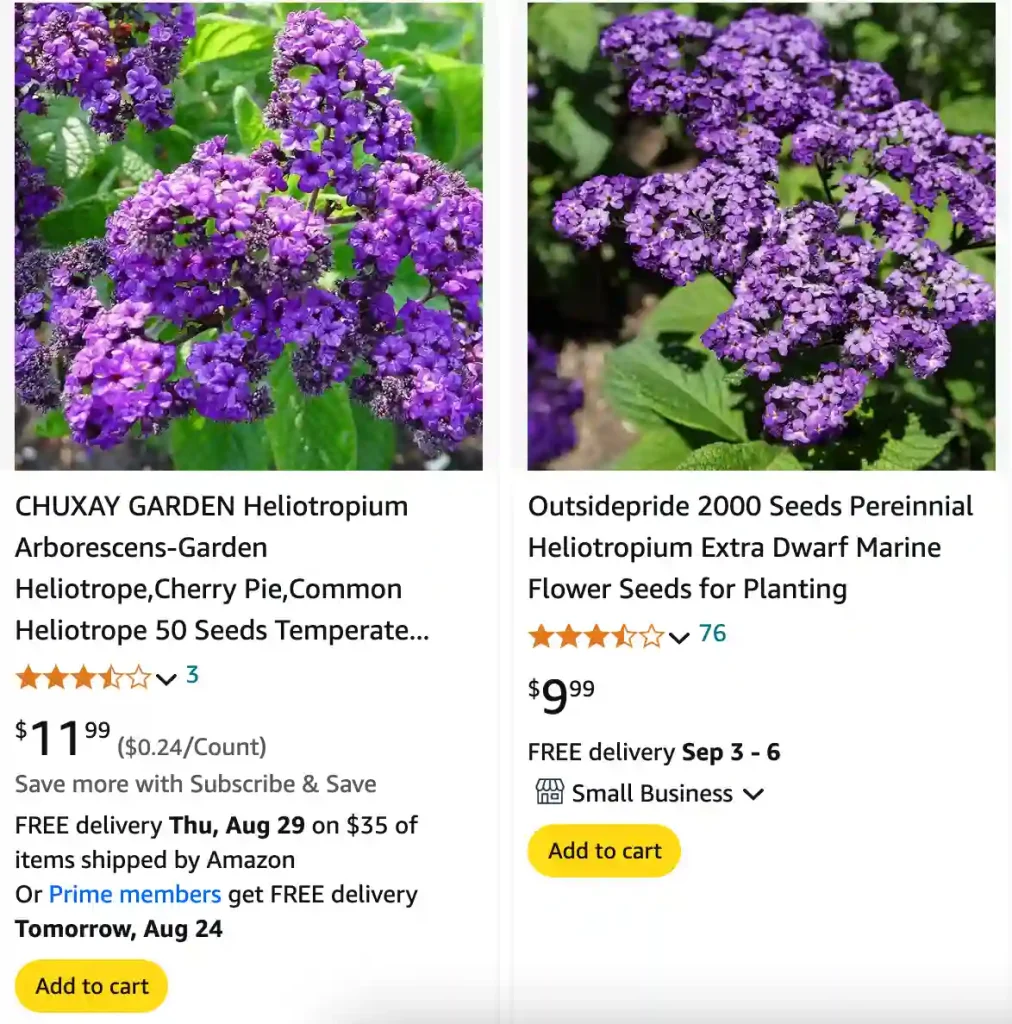
Heliotrope: Your Ultimate FAQ Guide
As someone who’s deeply into gardening and plant care, I’ve fielded many questions about Heliotrope. This delightful plant is known for its fragrant blooms and vibrant colors, but there are some common questions that often come up. Let me walk you through the most frequently asked questions about Heliotrope and share my personal insights.
What is a Heliotrope?
Heliotrope, scientifically known as Heliotropium Arborescens, is a charming perennial plant famous for its clusters of small, fragrant flowers. Originating from the tropical regions of South America, it’s grown for its ornamental beauty and sweet scent. The plant typically features green, ovate leaves and blooms in a variety of colors, including purple, white, and blue.
255 Species in Genus Heliotropium
What Does Heliotrope Smell Like?
The fragrance of Heliotrope is one of its standout features. The scent is often described as sweet and vanilla-like, with hints of lavender. This intoxicating aroma is a key reason why many gardeners choose to grow it. Personally, I’ve found its smell to be quite calming and pleasant, especially in the evenings when the flowers are in full bloom.
What Color is Heliotrope?
Heliotrope flowers come in an array of colors. The most common shades include purple, lavender, and white. Some varieties may have bicolor blooms or slightly different hues, but the purple and lavender tones are the most popular. This range of colors makes Heliotrope a versatile plant for adding vibrant hues to your garden.
Is Heliotrope a Perennial?
Yes, Heliotrope is a perennial plant, meaning it can live for several years. In warmer climates, it behaves as a true perennial, coming back year after year. In cooler regions, Heliotrope might need to be treated as an annual or brought indoors during the winter. It’s worth noting that even in less ideal conditions, it can still be grown as a seasonal plant.
How to Deadhead Heliotrope?
Deadheading is an essential part of maintaining Heliotrope’s appearance and promoting continuous blooming. To deadhead, simply pinch or cut off the spent flowers at the base of the flower stem. This practice encourages the plant to produce new blooms and helps keep it looking fresh and vibrant. I find that regular deadheading also prevents the plant from becoming leggy and encourages a bushier growth habit.
Is Heliotrope Toxic to Dogs?
Heliotrope is mildly toxic to dogs if ingested. The plant contains compounds that can cause gastrointestinal upset, such as vomiting and diarrhea. While it’s not highly toxic, it’s best to keep pets away from the plant. If you notice any signs of distress in your dog after they’ve been near Heliotrope, contact your veterinarian for advice.
Do Deer Eat Heliotrope?
Deer generally avoid eating Heliotrope. The plant’s strong fragrance and somewhat bitter taste make it less appealing to deer. This quality makes it a good choice for gardens in areas where deer are a problem. I’ve had success with Heliotrope in my garden, even in regions where deer are common.
Is Heliotrope Poisonous?
As mentioned, Heliotrope is mildly toxic, but it’s not considered highly poisonous. The main concern is if pets or humans consume large quantities of the plant. Ingestion can lead to symptoms like nausea or gastrointestinal upset. However, with typical garden contact, the risk is minimal. Still, it’s wise to exercise caution and keep the plant out of reach of pets and small children.
Heliotrope vs. Dragon’s Blood Stone
Heliotrope and Dragon’s Blood Stone are often confused due to their similar names, but they are quite different. Heliotrope is a plant known for its aromatic flowers, while Dragon’s Blood Stone is a type of jasper or chalcedony gemstone with a deep red and green coloration. The former is a living plant, whereas the latter is a mineral used in various decorative and healing applications.
Heliotrope vs. Lantana
Heliotrope and Lantana are both popular flowering plants, but they have distinct characteristics. Heliotrope tends to have a sweeter fragrance and typically blooms in shades of purple and lavender. Lantana, on the other hand, is known for its vibrant, multicolored flower clusters and has a more citrusy scent. In terms of growth, Lantana is often more heat-tolerant and may grow more vigorously in hotter climates.
Heliotrope vs. Seftonite
Seftonite is not a commonly known plant compared to Heliotrope. It’s a type of evergreen shrub with a different growth habit and flower structure. Seftonite tends to have more structured, less fragrant blooms and can differ significantly in care requirements and appearance compared to the aromatic Heliotrope.
Heliotrope vs. Spirea
Heliotrope and Spirea are both used in garden design but serve different purposes. Heliotrope is appreciated for its fragrant flowers and compact growth, making it ideal for container gardens or as a border plant. Spirea, however, is a shrub known for its dense clusters of small flowers and is often used for hedges or larger garden beds. The two can complement each other well, with Heliotrope adding fragrance and Spirea providing structure and volume.
How to Care for Heliotrope?
Caring for Heliotrope involves ensuring it gets the right amount of sunlight and water. It thrives in full sun to partial shade and needs well-drained soil. Regular watering is important, but avoid waterlogging, as it can lead to root rot. Fertilizing every few weeks during the growing season will keep the plant healthy and encourage blooming.
How to Propagate Heliotrope?
Propagating Heliotrope is relatively straightforward. You can start new plants from seeds or cuttings. For cuttings, take a 4-6 inch section of a healthy plant, remove the lower leaves, and plant it in a pot with well-draining soil. Keep the cutting moist and in a warm, bright location until it develops roots.
What to Plant with Heliotrope?
Heliotrope pairs well with a variety of plants. It complements other flowering plants like Petunias, Geraniums, and Marigolds. Its vibrant colors and fragrance also work well alongside herbs such as Lavender or culinary plants like Mint. Creating a mixed container or garden bed with these combinations can enhance the overall beauty and sensory appeal of your space.
Benefits and Common Problems
The main benefit of Heliotrope is its fragrant blooms, which can attract pollinators like bees and butterflies to your garden. It also adds a splash of color and can be used in both garden beds and containers. Common problems include susceptibility to powdery mildew and aphids, especially in humid conditions. Ensuring good air circulation and avoiding overhead watering can help mitigate these issues.
In conclusion, Heliotrope is a fantastic plant for adding both beauty and fragrance to your garden. By understanding its needs and characteristics, you can enjoy its blooms and benefits while minimizing potential problems. Whether you’re a seasoned gardener or just starting out, incorporating Heliotrope into your garden can be a rewarding experience.
If i die, water my plants!
